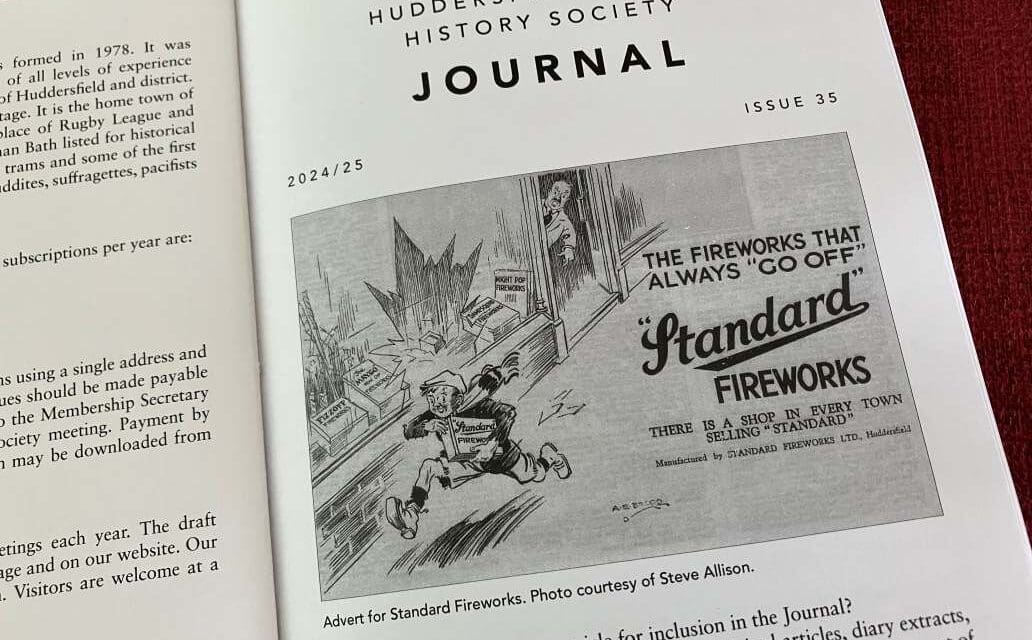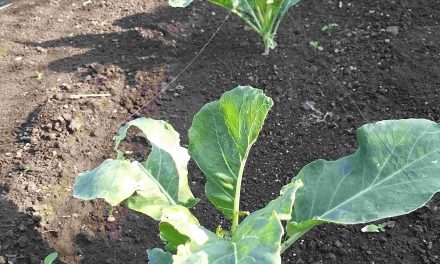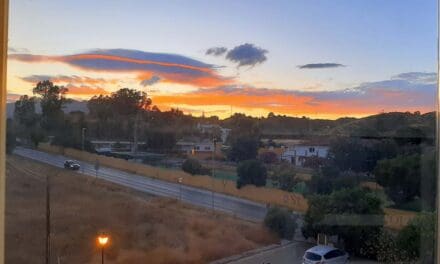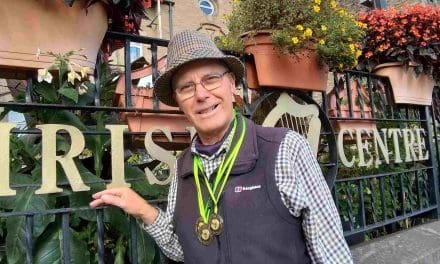Huddersfield Local History Society’s annual Journal is back with a bang – with a feature on the history of Standard Fireworks.
A Huddersfield institution, Standard Fireworks dates back to 1858 and, by the late 1800s, the founding family – the Greenhalghs – ran what was described as probably the largest fireworks dealer in the North of England.
In the 1980s and 1990s, around 500 people were employed at the firm’s manufacturing site in Crosland Hill before, in 1998, the company was bought by Black Cat Fireworks and production was transferred to China.
The sprawling site at Crosland Hill, the company’s home for 113 years, remained Black Cat’s UK HQ until it moved operations to York in 2023.
The story of Standard Fireworks published in the Journal was written by University of Huddersfield student Emma Knutzen who traces the history of the firm from its beginnings in a drapery business to a global company, which floated on the stock market in 1959.
Also in the 86-page Journal, there’s a feature on Huddersfield’s War Memorial in Greenhead Park. This year marks the 100th anniversary of its unveiling and the 110th anniversary of the start of the First World War.

Greenhead Park war memorial by SEAN DOYLE
Anne Brooke asks why the memorial took the form it did with its absence of names, and why it wasn’t completed until six years after the Armistice.
Elsewhere, in going in search of Lindley’s war dead and their lives before the war, David Verguson explores the mystery surrounding one particular inscription.
Going further back in time, Richard Hobson focuses on the impact of the English Civil War on local men who fought in it.
Berlie Zetlich’s beautifully illustrated article tells the little known story of Meltham-born photographer Annie Powell.
Born in 1859, Annie, already working as a photographer, emigrated to Lowell, Massachusetts, in 1891. Her agricultural scenes taken around Almondbury provide a stark contrast to her later photos of life in urban Lowell.
Alan Brooke and Stephen Cook go in search of Honley naturalist Arthur L. Littlewood whose scrapbook of bird illustrations has only recently come to light.
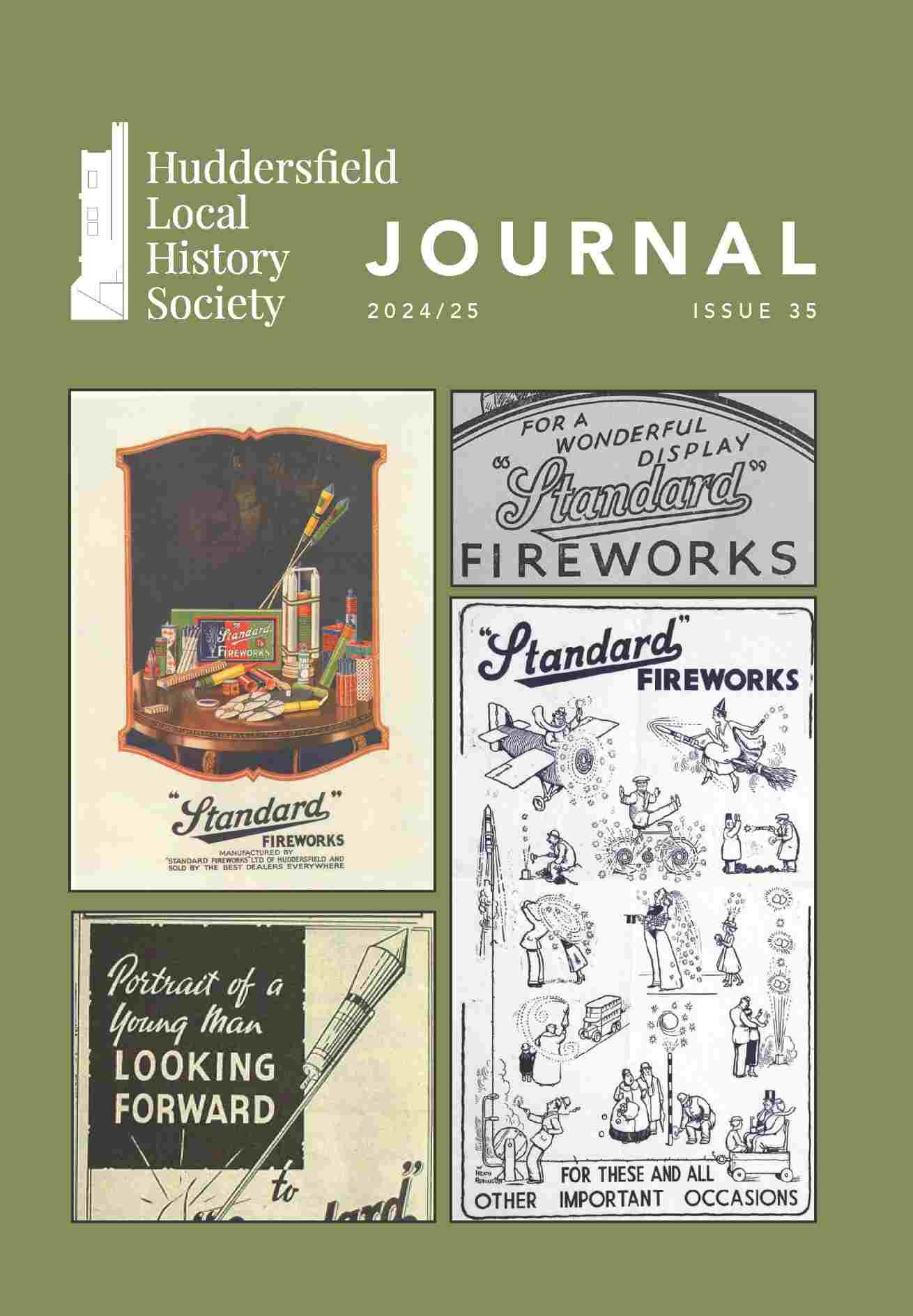
David Griffiths reflects on Huddersfield’s connections to slavery and its abolition, going on to provide a ‘glimpse’ of life on a Jamaican plantation, based on a letter preserved in the West Yorkshire Archives.
And in an article which also illustrates the global nature of ‘local’ history, Tobias Leech examines the ‘difficult history’ of Sir John William Ramsden’s holdings in Malaya.
It is with sadness that almost every year the Journal commemorates the lives of members who greatly contributed to our knowledge of the history of the district, and this was certainly true of Jennifer Stead (1939-2023) with an obituary by society chair, Cyril Pearce.
However, Jennifer’s own memories of growing up in Berry Brow also appear here, taken from correspondence – much in the form of emails – carried on over a number of years with a distant cousin.
The Huddersfield Local History Society Journal is produced annually, priced at £5. It can be found in local bookshops and will soon also be available for purchase from the society’s website at www.huddersfieldhistory.org.uk
How Huddersfield & District Family History Society can help you trace your ancestry


